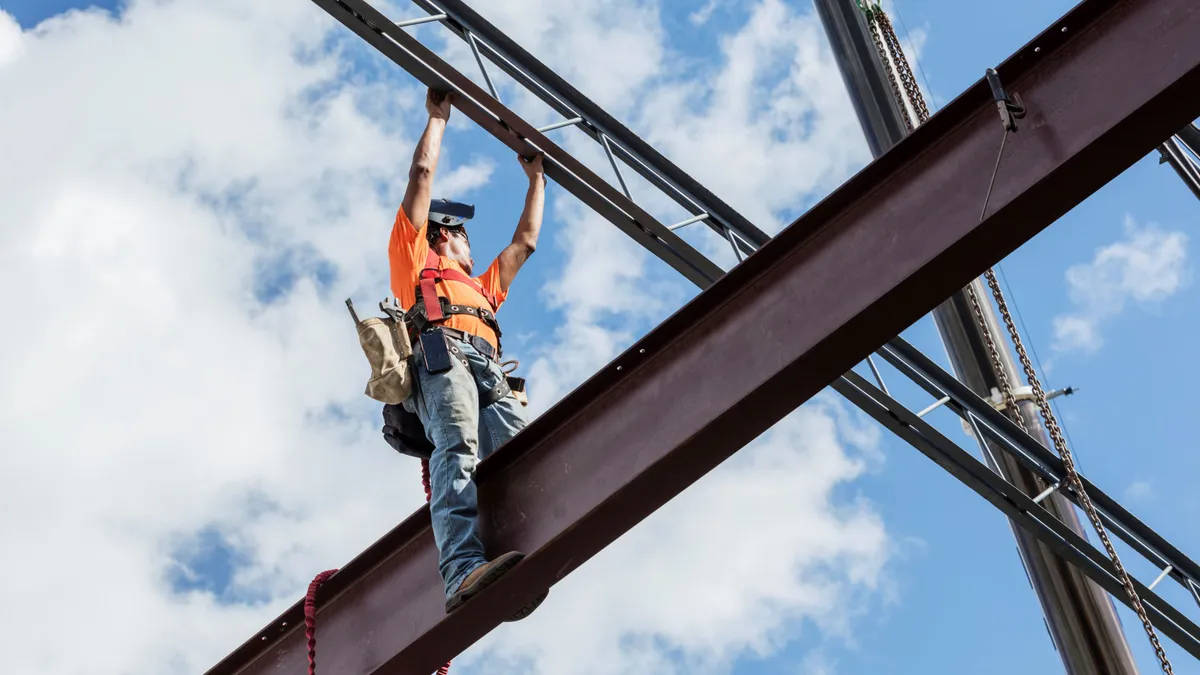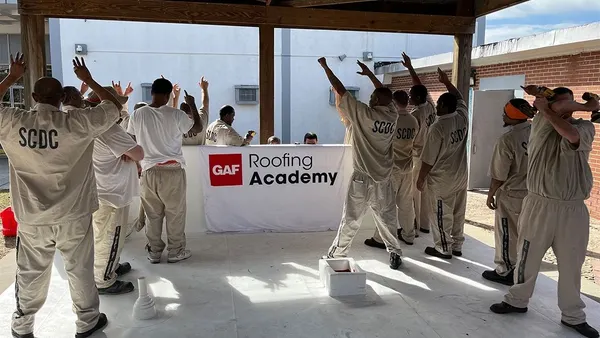Construction workers often struggle with mental health issues, but the keys to improving the well-being of the industry’s workforce may be straightforward and attainable.
Construction workers die by suicide at a higher rate than the national average, per the Centers for Disease Control and Prevention. But understanding the root causes of these challenges as well as what can mitigate mental health struggles can help.
A recent webinar hosted by Silver Spring, Maryland-based CPWR — The Center for Construction Research and Training sought to share information around those factors.
Jonathan Davis, assistant professor of occupational and environmental health at the University of Iowa, studied U.S. violent death data from 2013 through 2020. He found that of the nearly 130,000 people who died by suicide during that time, 15% of them worked in construction.
“Where we found the biggest difference for construction workers was alcohol and substance use,” Davis said during the March 25 webinar. “That lets us infer that any intervening on alcohol and substance use will likely bring down that rate of suicide.”
But his research did not stop there. It also looked into laws across states in an attempt to better understand what benefits correlate with improved mental health.
For example, states that have paid family medical leave had a 60% reduction in female suicides and a 21% drop in male suicides compared to those states that did not have such laws. Paid vacation time also correlated with a 7% reduction in male suicide and 32% in women, Davis said.
Those results provide “some suggestive evidence that paid leave would be something that would help bring down the rate of suicide especially if implemented at the employer-employee level,” he said.
Allison Weingarten, senior analyst for Washington, D.C.-based professional services firm MDB , who presented a case study on a New York union’s assistance program, shared similar data during the webinar.
In a survey of apprentices in the International Union of Elevator Constructors Local 1, 43% said paid sick leave was the biggest condition they’d change.
Programs that help
IUEC Local 1 founded its employee aid program when five apprentices died as a result of drug overdoses during an 11-month period, Weingarten said.
Union leaders provide education on drug and alcohol use, referrals for treatment facility groups and recovery meetings and support to members and families, per Weingarten. Prior to 2016, 10% of members who went for treatment of drug or alcohol use maintained recovery, but after the program was established, that number jumped to 78%.
In addition to that program, CPWR highlighted the Sheet Metal Occupational Health Institute Trust program on drug outreach. Based in Falls Church, Virginia, SMOHIT is jointly sponsored by the International Association of Sheet Metal, Air, Rail and Transportation Workers and the Sheet Metal and Air Conditioning Contractors’ National Association, originally designed to address the impact of asbestos exposure.
Today, SMOHIT’s mission focuses on total health.
That means visiting SMACNA union chapters and paying workers’ wages for two days to get them to stop work and receive training on drug awareness and first aid, said Edmund Robison, SMOHIT field representative.
As a part of the training and outreach, unions receive training on naloxone use and SMOHIT leaves the opioid overdose reversal drug at each chapter.
Robison said that the training is well-received, and not just by the unions. Employers have increasingly sought to take part in education and outreach.
“We haven't really hit any obstacles with our employers once they realize how good and wholesome this is and how it's really helping our people on the jobsites,” Robison said. “They want us to come educate their contractor associations on this.”














